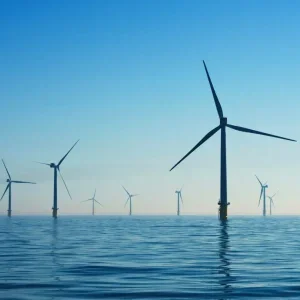China could further stress its water resources if it goes ahead with plans to build new coal fired power plants in parts of the country where water resources are already under pressure.
According to the World resources Institute (WRI), more than half of China’s proposed coal fired power plants are slated to be built in areas of high or extremely high water stress.
If they are built, they could threaten water security for farms, communities and other industries.
WRI has combined its Aqueduct Water Risk Atlas with the Chinese government’s plans for new coal fired capacity and found that 23.2 per cent of proposed plants are located in areas of high risk water stress and 27.9 per cent are located in areas of extremely high risk water stress.
It also found that 60 per cent of the total proposed generating capacity is concentrated in six provinces, which together account for only five per cent of China’s total water resources.
WRI also says that in those six provinces, competition for water between domestic, agricultural and industrial users is already high. The Chinese government has already outlined national goals to help improve the quality and security of water resources, but WRI says that more needs to be done to balance its competing economic and resource demands.
As of July 2012, there were 363 coal fired power plants planned for construction in China with a total combined capacity of over 557 GW. Coal-related industries, including mining and power generation, are very water intensive and WRI says that if all of the proposed coal plants are built, the coal industry would require more than 10 billion m3 of water per year by 2015.
China’s national policy goals for water resources aim to cap maximum water use at 700 billion m3 per year, increase irrigation use efficiency and protect water quality.






